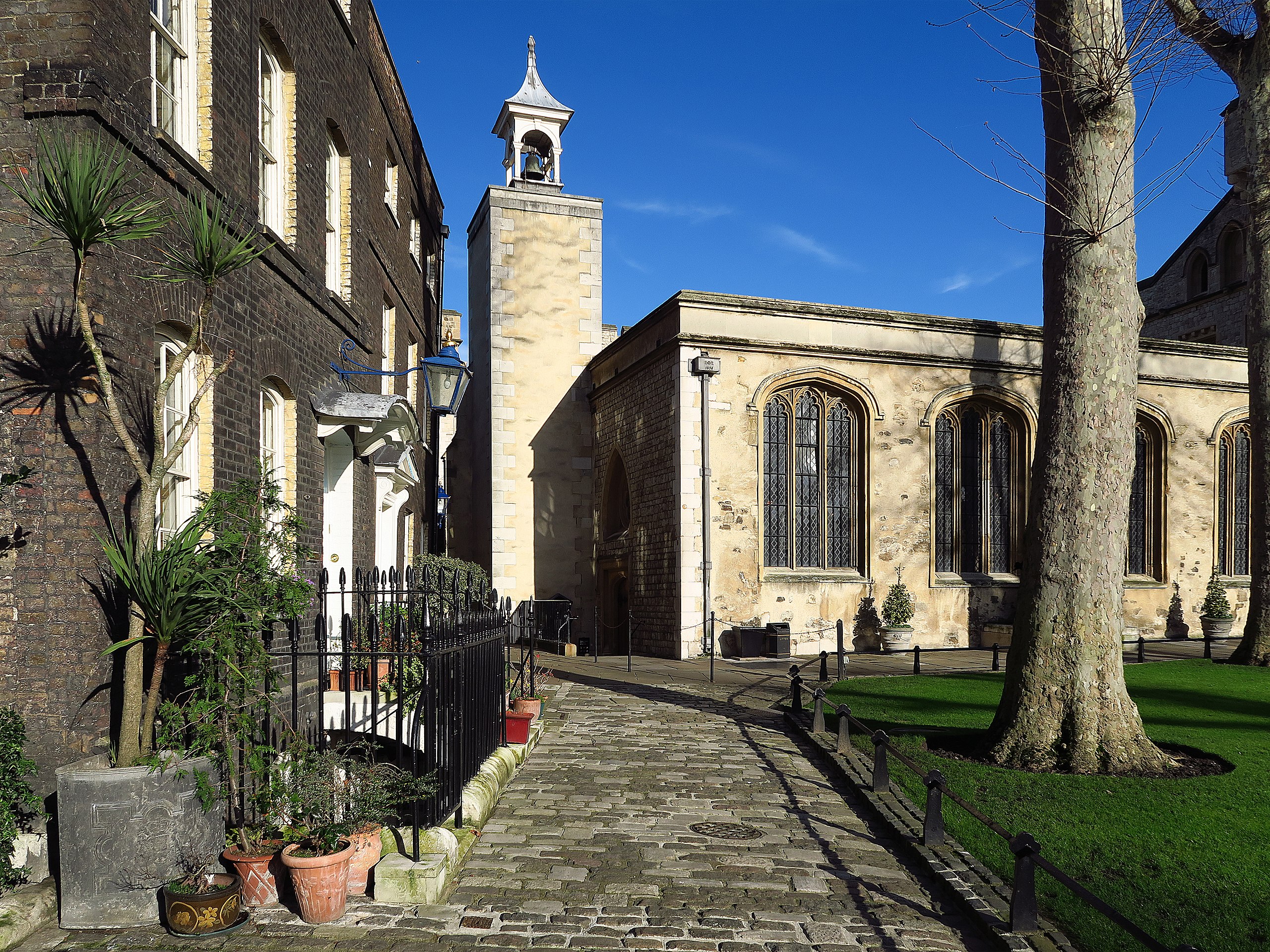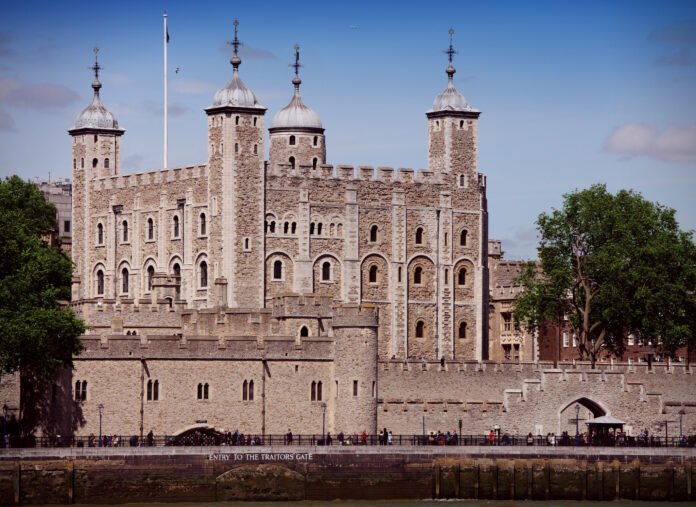The most significant archaeological excavation at the Tower of London in a generation has uncovered up to 50 human remains, rare medieval grave goods, and previously unknown Tudor-era structures—shedding remarkable new light on the site’s long and complex history.
Carried out by Pre-Construct Archaeology in partnership with Historic Royal Palaces, and with the consent of Historic England, the excavation is focused around the Chapel Royal of St Peter ad Vincula. The project, launched in preparation for the installation of a new lift to improve accessibility, marks the deepest dig within the fortress since the 1970s—reaching more than two metres below the surface and revealing 12th-century layers.
Originally triggered by the discovery of two skeletons in a trial trench in 2019, the full excavation began in earnest this spring. What began as a functional intervention has now become a landmark project in Tower history, uncovering far more than anticipated—including dozens of burials, rare artifacts, and structural remains from several medieval building phases.
Continuity Across Centuries

One of the key outcomes of the excavation is a newly emerging picture of architectural continuity: the chapel appears to have occupied roughly the same footprint for over 800 years. Archaeologists have identified remains of what may be Henry I’s original 12th-century chapel, along with evidence of later works carried out under Henry III in 1240. A layer of ash likely corresponds to the 1512 fire that destroyed the version built by Edward I in 1286–87, followed by the foundations of the existing Tudor chapel constructed in 1519–20 under Henry VIII.
Among the more poignant discoveries is the burial of a child in a coffin, likely dating to Edward I’s era, which had been cut through the earlier chapel structure. Elsewhere, archaeologists discovered Tudor walls from a previously undocumented building adjacent to the chapel—possibly an earlier phase of the current chapel or a now-demolished companion structure. Later historical use of the area is also evident, including coal storage deposits.
A Diverse and Unusual Assemblage of Burials
The excavation has revealed a wide range of burial types, offering rare insight into the lives and deaths of those connected with the Tower. Some graves from the 14th century appear to have been made in haste and with little care—possibly due to an outbreak of the Black Death. These early burials pre-date the more regulated plague cemeteries established later in Edward III’s reign.
Other individuals were buried with remarkable attention. One 12th–13th century grave contained two ceramic pots filled with charcoal—a funerary custom more typical of continental Europe and only once before documented in England. A small fragment of burial shroud was also recovered, a rare survival given the damp conditions that usually degrade textiles.
Cardiff University researchers will conduct isotope and DNA analyses on many of the remains, including those of a high-status Tudor woman and a young boy uncovered in 2019. These studies are expected to reveal more about the origins, diet, health, and mobility of individuals buried at the site.
“Our work uses a biomolecular technique known as isotope analysis, which tells us about health, diet and mobility in the past, all from a tiny fragment of a tooth,” explains Dr Katie Faillace of Cardiff University. “This cutting-edge method has unparalleled potential for reconstructing the experiences of the people who lived and died at the Tower, allowing us to build a rich picture of individuals’ lives.”
Medieval Artifacts and Forgotten Features
In addition to human remains, the dig has uncovered a range of artifacts spanning several centuries. Finds include a decorated medieval floor tile, fragments of stained and painted glass, a pendant, sewing needles, a ring, cannon balls, and a mortar. These discoveries reflect the Tower’s varied past as a fortress, royal residence, place of worship, prison, and living community.
“Undertaking these two excavations has provided us with a generational opportunity to enhance our understanding of the evolution of the Chapel of Saint Peter ad Vincula, and the buildings which stood before it,” says Alfred Hawkins, Curator of Historic Buildings at Historic Royal Palaces. “Alongside this, through undertaking a rigorous scientific assessment of the remains encountered in 2019, we have been able to start to build up a more detailed picture of the individual lives of the people who lived, died, and worshipped within the chapel, which will only be enhanced through the results of the current, larger excavation. These excavations were essential as part of our mission to provide greater access for people to visit this important place of worship, but they have also given us an amazing opportunity to explore the site in more depth than ever before, and I’m looking forward to starting analysis on some of the other amazing finds we have uncovered along the way.”
Dr Jane Sidell, Principal Inspector of Ancient Monuments at Historic England, noted the broader significance of the work: “Together we’ve struck a balance between creating lift access to a fascinating part of the Tower of London, with the complexity of carefully managing a hugely significant and archaeologically rich site. We’re already gaining insight into the residents of the Tower in a way we have never been able to do before. But this is just the tip of the iceberg—there is so much more to learn through further analysis about the people as well as the buildings of one of England’s most evocative historic monuments.”
As research continues, the results of this excavation promise to reshape our understanding of the Tower of London’s medieval past—redrawing the historical map of one of the most iconic sites in England.
Top Image: Tower of London – photo by Charlie Marshall / Flickr






